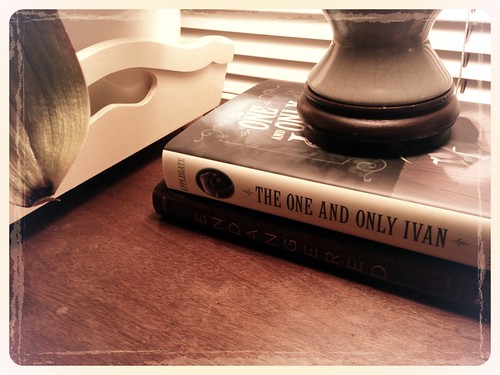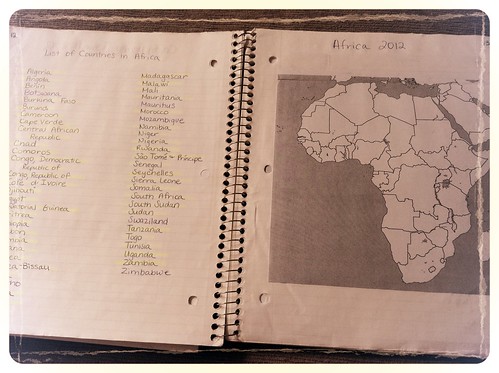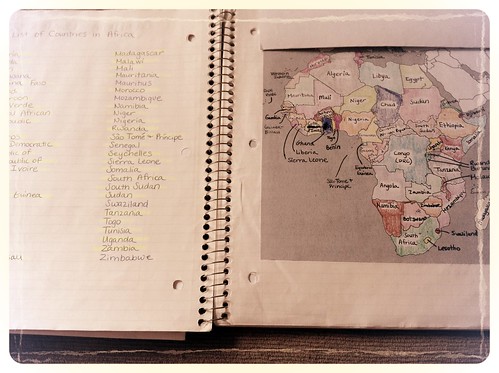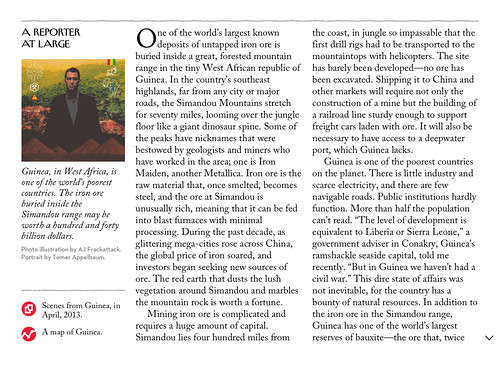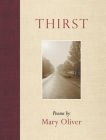Despite adding A Tale of Two Cities in 8th grade, independent reading remains the core of the reading work that we do. We read in class every day, students are expected to read 30 minutes at home each day, and I challenge them to finish 50 books in a school year. And each year I have been impressed with the reading that my students do, and the impact that it has on them. But I still have questions:
- How do I track what my students are reading?
- How do I encourage them to move to more difficult texts?
- How do I know they really read the book? (This one is a question I only get from other people. I know.)
- How do I assess their progress as readers and thinkers?
- How do I give them a grade? (Again, external forces are at work here.)
For years, I had used the tracking sheets from Nancie Atwell's In the Middle. I would walk around the room, and write down the book title and page numbers. It gave me some information, and a chance to check in quickly with students. It wasn't amazing, but it did the job, and usually didn't take very long to complete. One year I took points away for any night that students didn't read, but usually I didn't.
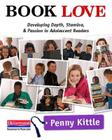
Then I read Penny Kittle's Book Love (I also talk about it here), and in it I read the most obvious thing: She has the students fill out the clipboard.
Duh.
Me walking around the room writing down numbers, trying not to interupt a table full of kids reading, doesn't do much for a student. A reader, on the other hand, finding her name and book title, looking at yesterday's page number, and adding today's? That's 30 seconds of "Wow, I read a lot" or "Man, I need to step on it." And since we set individual goals and read individual books, it didn't mean anything for students to see what someone else read. Maybe she had hockey practice. Maybe he was babysitting. Day to day progress didn't matter because we only checked totals once a week, and on those days I held the clipboard.
But I'm getting ahead of myself.
The other change I made after reading Book Love (and after discussing it in a Facebook group) is in how we set individual reading goals. I knew (or thought I knew) that I was supposed to do this with my students, but it honestly never worked like it should to set goals at the quarter. It was an idea that I needed to let rest for a time. Instead, when school started again in January, we started by reading for ten minutes, counting the pages read, and multiplying to get both an hourly rate and a weekly goal (based on 3 hours of reading outside of class). At first I just had students use a blank page in their reader's notebooks, but eventually they all made and filled in charts that look like this:
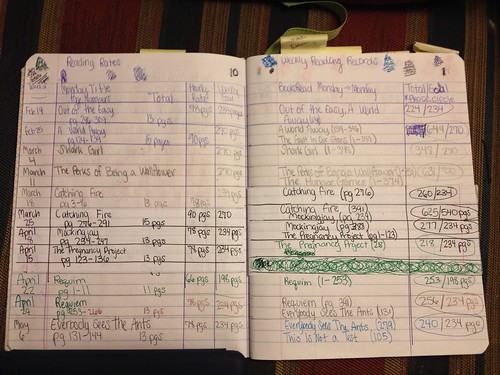 |
| This student has excellent taste in books. |
On the left page, students wrote the date, their Monday title, and the pages that they read in 10 minutes. The next column is their projected hourly rate (x6), and the last is their goal for the week (hourly rate x 3). While I think it could ultimately be useful to measure how their rates change over time (and Kittle talks about this more in Book Love), I was most interested in a simple way for 30 kids to set goals regularly. This did that. We competed this page first thing on Monday morning.
On the right page, students wrote what they read in a week, either completed or partially finished novels. Students kept a list of finished novels in another location; the above was what they read in a given week. If they read 50 pages of a book and abandoned it, they could write that here to show what they'd been reading even though it didn't count as a finished book. They could not count A Tale of Two Cities or other assigned reading for my class (we also did non-fiction book clubs), though they could count them at the end of the year. In the last column they added up the pages for the week and put that over their goal. This was also completed on Mondays. It's the circled numbers that I would write down.
So on Monday mornings when students entered the room, I would have a version of the above instructions on the board, along with an order to HAVE A BOOK TO READ READY! I would give them time to fill in the right-hand page and add up the previous week's pages. (I would add up my own pages at this point too.) After about ten minutes I would remind them to fill in the left-hand page with their current book and page number and warn them that I was going to start the timer soon. At this point I would also remind them not to use a graphic novel or novel-in-verse to set rates unless they wanted a very high goal. (This was not a mistake that a student made twice.) I told them to read at their usual rate and to stop and reread if they were confused. It wasn't a race. I started a timer, we all read for ten minutes, and then they filled in that week's info.
At some point, I would have also moved the previous week's weekly reading sheets for both classes to my grading clipboard (which is a fancy way of saying the clipboard where I stick class lists and any list of scores until they go in the computer) and put out new blank sheets. After we read for ten minutes I would start around the empty clipboard while I walked around with the previous week's full one. There was one empty column left, a slightly larger one, and I would write the student's total over the goal just like in the example above. Often this happened without comment (many students would immediately go back to reading after filling out the records) and sometimes a conversation happened. I could ask why a student had such a low or high page count for a week, or we could both look at a pattern over several weeks and wonder what had to change.
The student in the photo above, for example, did much better on this spread than she did in the winter when she was on a travel team. One Monday when I walked around and we both noticed that she had missed her goal yet again, I asked what she thought wasn't working. She admitted that she didn't put the time in and that she would do better. The reality is that without checking regularly, both of us could have made it through the entire hockey season without realizing that she had only read a single book. (It is one thing to always know what kids are reading and another thing to realize that a book hasn't changed in a long time. Things get past us.) When I asked a different student why she so often missed her goal, she said that she could never get as much read at home as she did at school. We discussed reasons, namely the distraction of two younger brothers. Comparing what she could read without distraction with what she read with distraction allowed this student to think in a concrete way about her study habits.
I also used the weekly goal to assign a score. Our school allowed parents to access the online gradebook for the first time this year, and I needed a way to quantify each week's reading. (If it were up to me, I would never assign a letter grade to anything, but that's not the world we live in.) I made each week's reading worth 20 points, and if you met your goal, you received full credit. Miss it by fewer than 20 pages, 18 points; more than 20 pages was 16 points. By the time we started this in January, I required students to read 100 pages each week regardless of their rate on Monday, and anyone who read fewer than 100 pages in a week only earned 14 points, a C on our grading scale. I never told students this score (they could look it up online), but it was useful to look at over a quarter.
I will almost certainly start this school year doing all of the above, although some students might need to make it their first quarter goal to get up to 100 pages of reading each week. Undoubtedly some parts will change throughout the year, but I was ultimately satisfied that we could set regularly goals without our recordkeeping getting in the way of our reading.
I know I haven't answered all of my own questions, but that's a matter for a different post.
Currently reading: See yesterday, though now I'm reading the second book in the duo.
